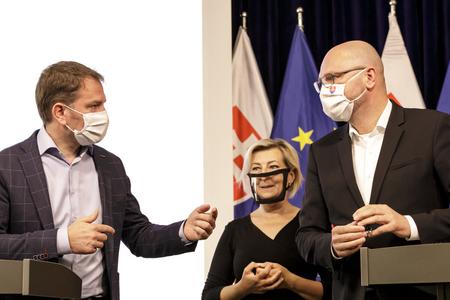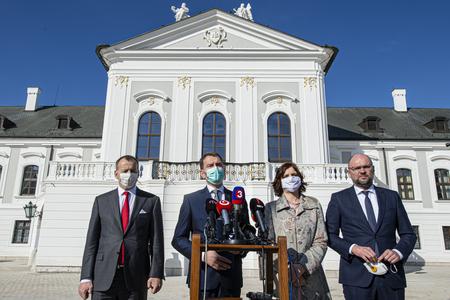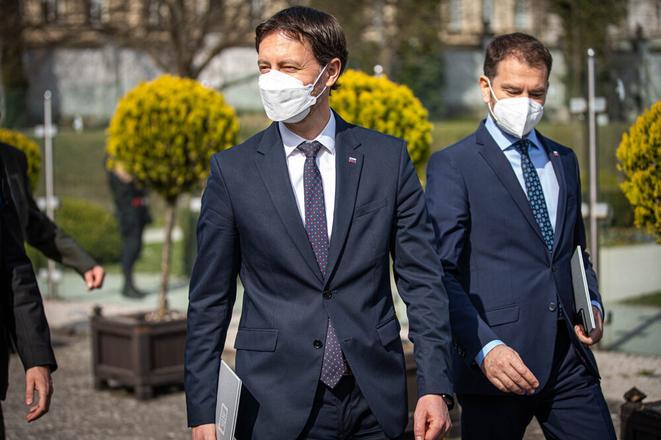The coalition crisis seems to have contributed to the continual fall in the popularity of the ruling Ordinary People and Independent Personalities (OĽaNO) party.
While in February, the party of Igor Matovič, who traded his prime ministerial seat with the post of finance minister in the new cabinet under Eduard Heger, received 10.4 percent of the vote and ended third, it fell to only 9.2 percent at the turn of March and April, ending fourth, after the opposition Smer party.

This stems from a poll carried out by the Focus agency for the Na Telo political talk show broadcast by TV Markíza between March 31 and April 7 on 1,001 respondents.
The election would be attended by more than 70 percent of respondents, while 16 percent would not vote and more than 13 percent did not know who they would vote for.
A new party in
The election would be won by the Hlas party of Peter Pellegrini with 22.3 percent. This is slightly less than its 23 percent in the previous poll.
Second would be Freedom and Solidarity (SaS) with 11.2 percent (down from 12.9 percent in February), followed by Smer with 10.9 percent (up from 9.2 percent in February).
OĽaNO would be followed by Sme Rodina with 7.4 percent (up from 5.2 percent in February). The party seems unaffected by the crisis, or the scandal with the detention of its nominee, ex-SIS director Vladimír Pčolinský.

Progressive Slovakia would win seats in parliament with 7.4 percent (up from 6.7 percent in February), followed by the Christian Democratic Movement (KDH) with 5.7 percent (up from 4.9 percent in February).
The last party to make it to the parliament would be the recently established Aliancia – Szövetség (Alliance), comprised of several parties representing the Hungarian minority in Slovakia, with 5 percent of the vote.
Za Ľudí and both far-right parties would fail to pass the electability threshold.



 Eduard Heger and Igor Matovič (source: SME)
Eduard Heger and Igor Matovič (source: SME)